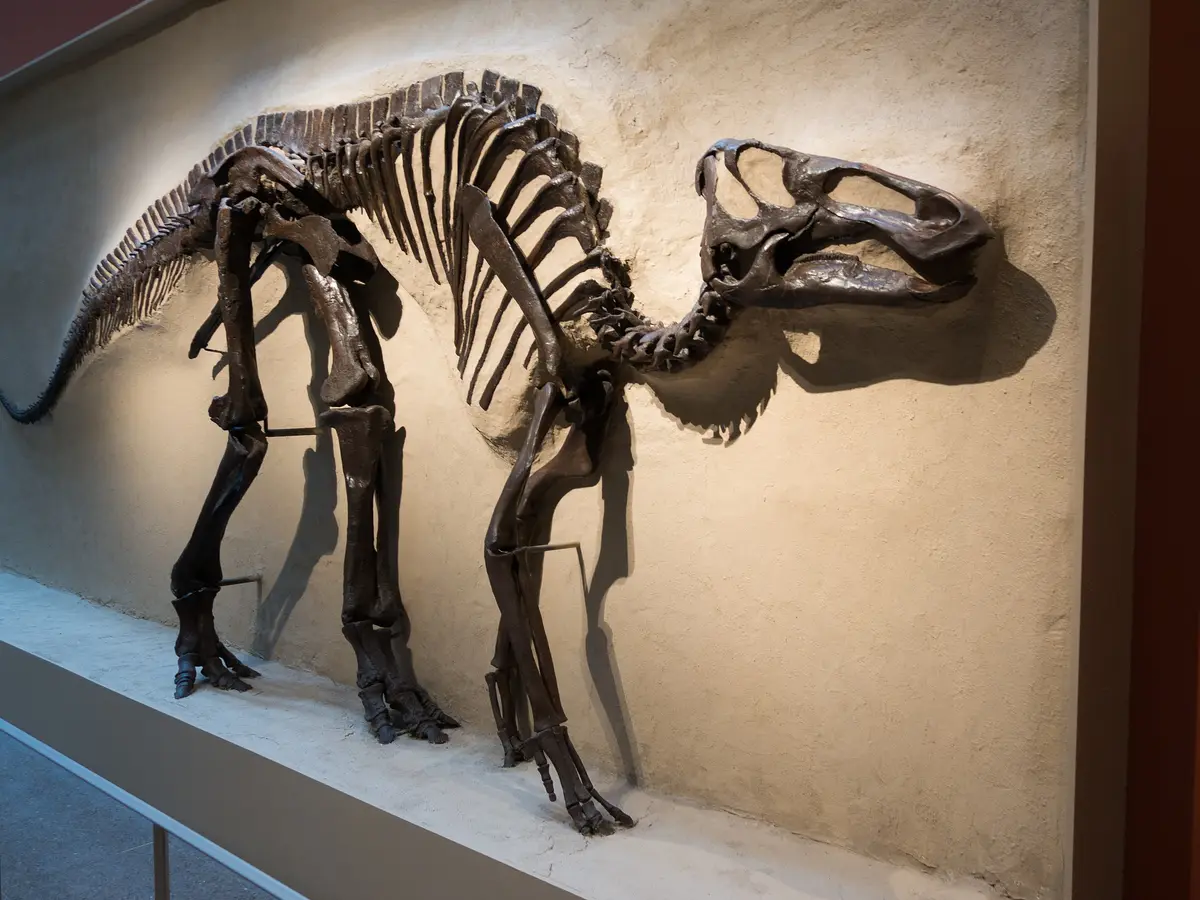Unbelievable Discovery: The Atlas Blue Butterfly Has the Most Chromosomes on Earth!

Did you know there's a butterfly that outshines all others in the chromosome department? Meet the Atlas blue butterfly, or Polyommatus atlantica, which has just been confirmed to possess a jaw-dropping 229 pairs of chromosomes—the most of any multicellular animal on the planet!
This remarkable discovery was made by researchers at the Wellcome Sanger Institute and the Institute of Evolutionary Biology in Barcelona, who recently published their findings in Current Biology. They found that, unlike many of its relatives, which typically boast a more modest 23 or 24 pairs of chromosomes, the Atlas blue butterfly has undergone a unique genetic evolution. Over time, its chromosomes have become fragmented rather than duplicated, leading to this astonishing number.
For the first time, scientists have sequenced the genome of this extraordinary butterfly, paving the way to understand its evolutionary journey. This isn't just a quirky fact; it opens up a whole new world of research possibilities related to genetic adaptations and even cancer studies in humans. After all, changes in chromosome numbers are often observed in cancer cells, making the Atlas blue butterfly a fascinating subject for cross-species research.
Located in the mountain ranges of Morocco and northeast Algeria, the Atlas blue butterfly had long been suspected to dominate the chromosome count, but this research confirms it. In a comparison of relatives, the familiar Common blue butterfly, often seen in the UK, only has 24 chromosomes. This drastic difference hints at the evolutionary adaptations that have taken place in the Atlas blue butterfly, especially as environmental challenges arise.
Evolution is a slow dance—taking millions of years to occur—but the butterfly's genetic story reveals how it might respond to modern threats like climate change. Understanding its genetic makeup could be crucial for conservation efforts and even for developing more resilient crops. The researchers found that the chromosome fragmentation likely occurred at points where the DNA is less tightly wound, allowing for a greater shuffling of genetic material. This means while the amount of genetic information remains constant, it’s packaged in a way that promotes diversity.
Surprisingly, many thought that such extreme chromosomal changes could be detrimental, yet the Atlas blue butterfly has thrived for millions of years. However, with the increasing threats from climate change and habitat loss, this once-robust species now faces new challenges. The research not only uncovers how this butterfly has adapted but raises questions about the potential benefits of such a high chromosome count: increased genetic diversity and adaptability could be advantages, but additional complexity might also heighten extinction risks.
Dr. Roger Vila, a senior author on the study, emphasized that these chromosomal alterations could lead to unexpected benefits, allowing scientists to explore deeper into how such changes influence behavior and adaptation. Meanwhile, Dr. Charlotte Wright highlighted the significance of collaboration in science, pointing to how their work with the Atlas blue butterfly opens new avenues for understanding evolution.
Professor Mark Blaxter, another key figure in this research, stated that studying genomes not only tells us the history of a species but also where it might head in the future. And who knows? The secrets hidden within the Atlas blue butterfly's DNA might even hold the key to breakthroughs in limiting cancer cell proliferation.
This groundbreaking research was supported by Wellcome and provides critical insights into conservation strategies and the evolution of species in a rapidly changing world.
























